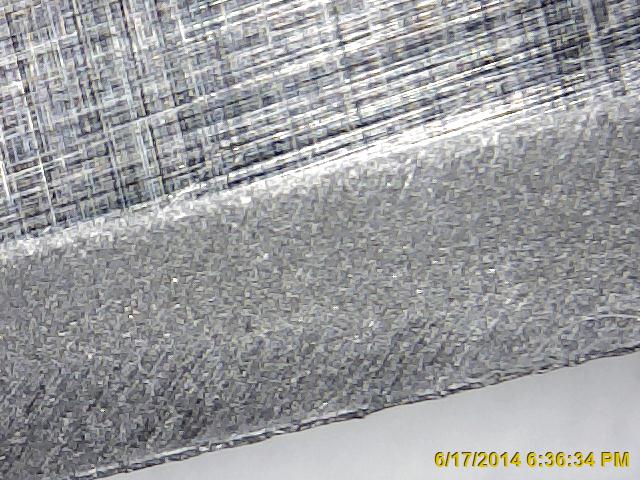cabarete_cub
Well-Known Member
- Joined
- Jun 12, 2014
- Messages
- 73
- Reaction score
- 0
Hello everybody,
I'm beginning to learn hand sharpening. From reading countless threads I gathered that most important first step would
be achieving consistent burr along the length of the edge. I tried two knives, both stainless. First is $2 chef's knife (Victorinox Fibrox clone),
and I failed to produce any burr to speak of, hard as I tried. Another is ~$25 decent looking no-brand. 10-15 strokes on 1000 Chosera
stone was enough to raise a (smallish, but perceptible) burr.
So, which knife/steel with decent feedback can be recommended to a beginner sharpener?
Have a good day.
I'm beginning to learn hand sharpening. From reading countless threads I gathered that most important first step would
be achieving consistent burr along the length of the edge. I tried two knives, both stainless. First is $2 chef's knife (Victorinox Fibrox clone),
and I failed to produce any burr to speak of, hard as I tried. Another is ~$25 decent looking no-brand. 10-15 strokes on 1000 Chosera
stone was enough to raise a (smallish, but perceptible) burr.
So, which knife/steel with decent feedback can be recommended to a beginner sharpener?
Have a good day.





